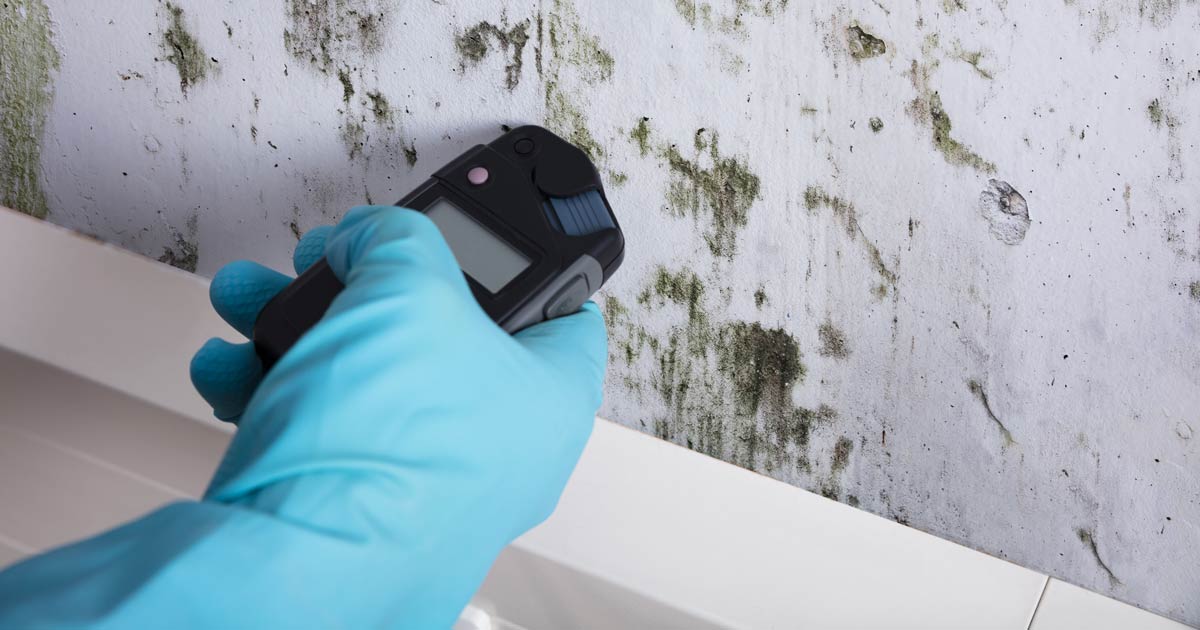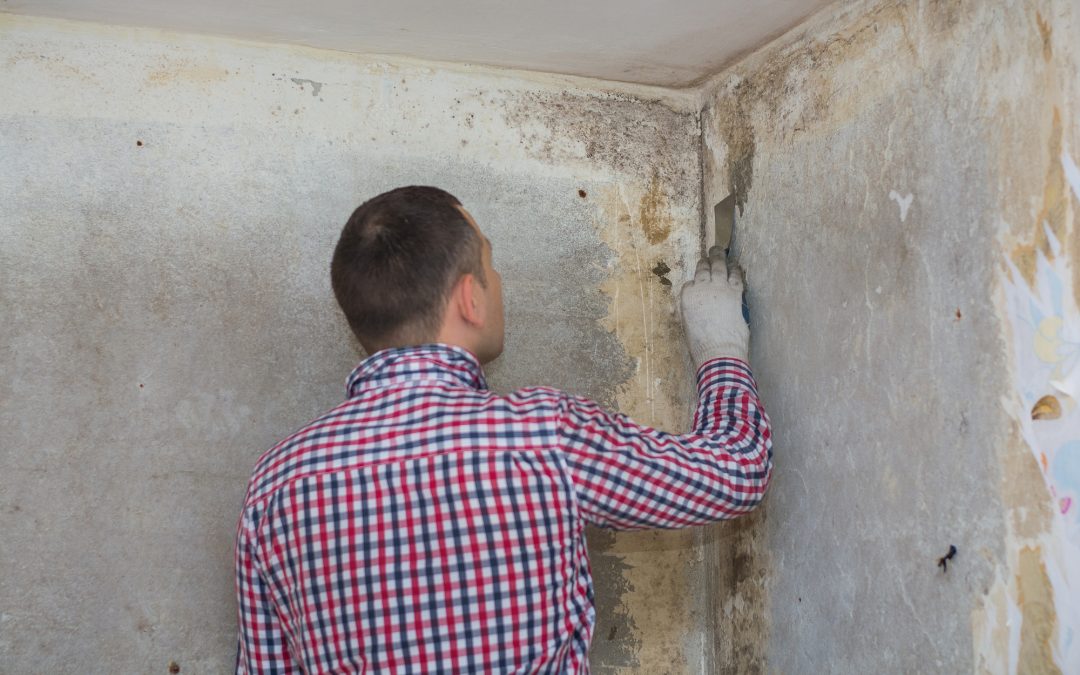Crafting a Thorough Post Mold Remediation Report
Crafting a Thorough Post Mold Remediation Report
Blog Article
Expert Tips for Article Mold And Mildew Remediation Success
In the world of mold and mildew remediation, successfully removing mold and mildew is just half the fight; real obstacle depends on preventing its reappearance. Post-remediation initiatives play a critical duty in making certain a mold-free atmosphere in the long term. By adhering to skilled ideas and best techniques, individuals can protect their areas versus mold rebirth and preserve a healthy and balanced indoor atmosphere. It remains in this stage of the remediation process that focus to detail and positive measures genuinely make a distinction.
Display Moisture Degrees Regularly
After finishing mold and mildew remediation treatments, keeping optimal moisture levels is critical to avoid mold re-growth and make sure a healthy and balanced indoor setting. High humidity levels above 60% develop a conducive setting for mold and mildew to prosper, making regular keeping track of a positive step to prevent any type of future mold and mildew problems.
In addition, developing a regular timetable for moisture checks, especially in high-risk areas such as kitchen areas, cellars, and washrooms, is a proactive approach to mold and mildew avoidance. By constantly checking moisture levels, home owners can properly alleviate the risk of mold and mildew reoccurrence and preserve a healthy indoor setting post-remediation.
Conduct Thorough Inspections Post-Remediation
Following the conclusion of mold removal treatments, it is imperative to conduct thorough assessments to confirm the efficiency of the removal process. These post-remediation inspections are vital in guaranteeing that the mold issue has actually been effectively addressed and that there is no recurrence or remaining mold development. Inspections ought to be brought out by qualified experts that have expertise in determining mold and mildew and assessing interior air quality.
Throughout these examinations, different approaches such as aesthetic analyses, air sampling, and surface area tasting might be utilized to extensively assess the remediated areas. Visual evaluations entail a thorough assessment of the properties to examine for any kind of visible indicators of mold and mildew development or water damages. Air tasting aids in establishing the air-borne mold and mildew spore degrees, while surface sampling can discover mold particles on surfaces.
Implement Appropriate Ventilation Approaches
After guaranteeing the efficiency of the mold remediation procedure with comprehensive assessments, the following important step is to concentrate on carrying out proper air flow approaches. Adequate air flow is necessary in protecting against mold and mildew reoccurrence by controlling wetness degrees and advertising air blood circulation.
Appropriate air flow not just aids in avoiding mold and mildew growth but additionally adds to the overall health and convenience of owners. By making certain adequate air flow throughout the residential or commercial property, you can lower the risk of mold and mildew regrowth and create a much healthier living setting.

Usage Mold-Resistant Materials for Repair Works
To boost the long-term performance of mold and mildew remediation initiatives, integrating mold-resistant products for repair work is crucial in reducing the threat of future mold and mildew development. Mold-resistant products are developed to hold up against my blog wetness and hinder mold growth, making them a necessary selection for locations prone to moisture and moisture. When repairing locations impacted by mold and mildew, utilizing products such as mold-resistant drywall, mold-resistant paints, and mold-resistant caulking can help protect against mold recurrence.
Mold-resistant drywall is an excellent choice to typical drywall in locations like basements and bathrooms where moisture levels are higher. This sort of drywall has a special finish that resists mold and mildew development also when subjected to damp problems. Furthermore, making use of mold-resistant paints containing antimicrobial representatives can even more inhibit mold and mildew advancement on ceilings and walls.
In areas where dampness prevails, such as washrooms and kitchen areas, making use of mold-resistant caulking around tubs, sinks, and windows can assist seal out water and avoid mold and mildew from taking hold in splits and gaps. By investing in these mold-resistant products throughout repair work post-remediation, you can dramatically reduce the possibility of future mold issues and preserve a healthier interior atmosphere.
Maintain Sanitation and Address Water Issues
Guaranteeing tidiness and immediately addressing water problems are fundamental methods to support in protecting interior areas from mold reinfestation. After mold remediation, it is important to preserve a clean atmosphere to stop the regrowth of mold and mildew (Post Mold remediation cleaning). Normal cleaning, dusting, and vacuuming can aid remove any remaining mold spores and prevent them from multiplying and settling. In addition, keeping indoor spaces dry and dealing with remove mold spots from shirt any kind of water concerns promptly is crucial in mold avoidance. Leakages, water intrusion, or high humidity degrees can develop the perfect breeding ground for mold, so it is crucial to take care of any water-related issues promptly.
To preserve cleanliness, think about utilizing HEPA filters in vacuums and air purifiers to trap mold website link spores and avoid their flow in the air. Ensuring appropriate air flow in areas prone to moisture buildup, such as cooking areas and washrooms, can aid keep moisture levels in check. By staying alert regarding tidiness and attending to water issues quickly, you can effectively protect against mold and mildew reinfestation and keep a healthy and balanced indoor environment.
Conclusion

In the realm of mold and mildew remediation, effectively eliminating mold is just half the battle; the true obstacle lies in stopping its reappearance. After finishing mold and mildew remediation procedures, preserving ideal moisture levels is crucial to protect against mold and mildew re-growth and make certain a healthy and balanced interior setting. High humidity levels over 60% create a favorable atmosphere for mold and mildew to grow, making regular checking a positive action to protect against any type of future mold and mildew issues.
To enhance the long-term efficiency of mold and mildew removal efforts, integrating mold-resistant products for repair work is vital in alleviating the threat of future mold growth. After mold and mildew removal, it is vital to preserve a tidy setting to protect against the regrowth of mold and mildew.
Report this page